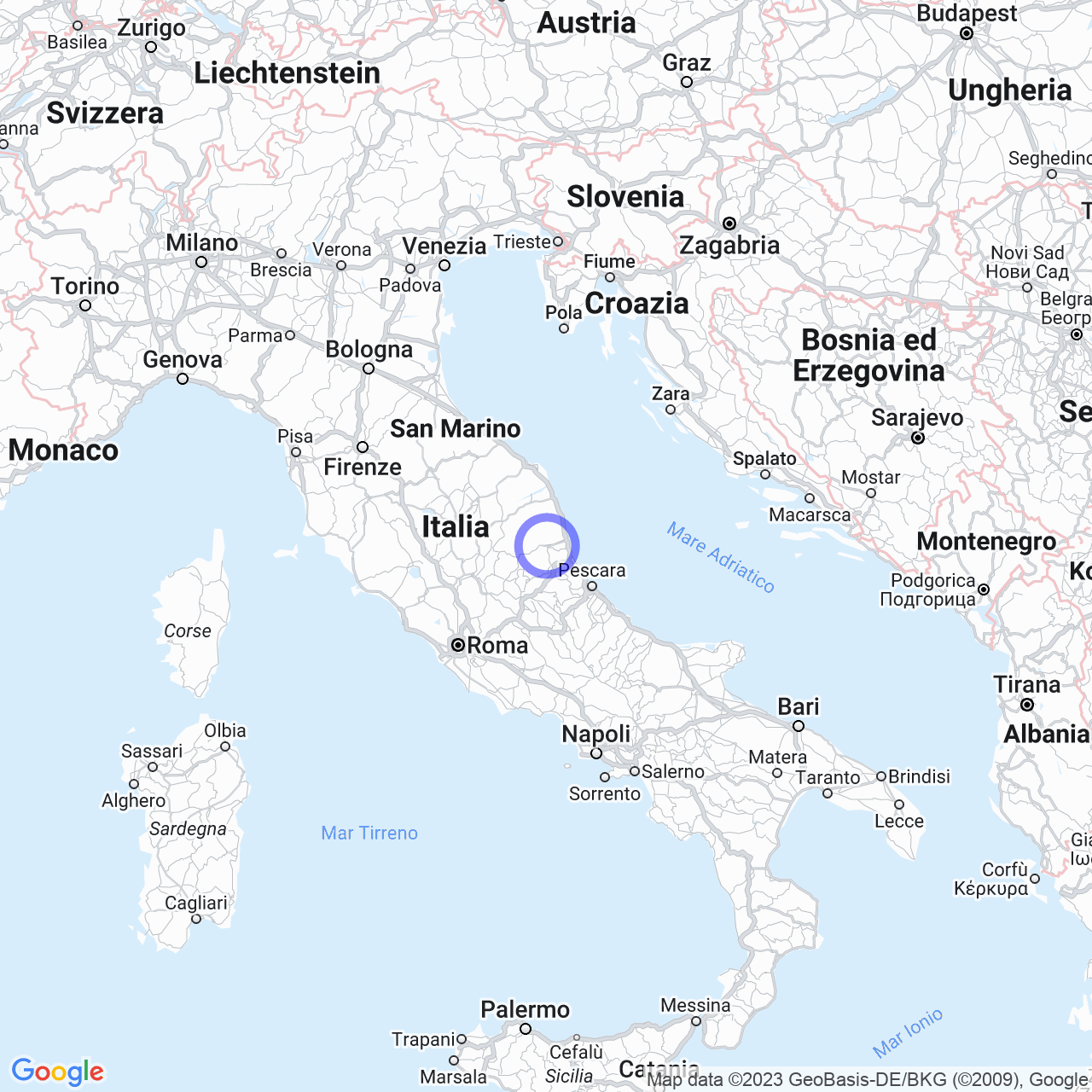Casette
Casette d'Ete: a piece of history of the Municipality of Sant'Elpidio a Mare
If you love Italian history and want to discover the hidden beauties in the Marche region, you absolutely must visit Casette d'Ete, a hamlet of the Municipality of Sant'Elpidio a Mare, in the province of Fermo. Here, among the hills of Falchi and the course of the Ete Morto stream, you can immerse yourself in a unique atmosphere, discovering many new details about the history of this charming town.
Physical geography: the town of Casette d'Ete
Casette d'Ete is a small village located in a green and lush valley that extends between the hills of Falchi and the course of the Ete Morto stream. The beauty of this landscape is amplified by the proximity to the Chienti river and the Adriatic Sea, which is just a few kilometers away. The hilly area on the left bank of the stream slopes gently towards the Chienti, offering a breathtaking panoramic view.
But it's not just the view itself that is suggestive: the warm and temperate climate of Casette d'Ete makes this area perfect for spending your holidays in relaxation. Despite the significant rainfall throughout the year, there is a climatic balance that provides an average temperature of 14.7 °C and an average annual rainfall of 756 mm, which means that here, you can enjoy the natural beauty in every season of the year.

History of Casette d'Ete
The Brancadoro family of Fermo, from the 16th century, owned the area and built the villa of Palombarone, located on a hill overlooking the town, the Ete Morto stream, and the Chienti valley. Around it, the family's lands were divided into farms, called "colonies". This means that already in the 1500s, Casette d'Ete was a very fertile area, inhabited by farmers who cultivated the land with the "rotational system". In addition, there was livestock farming of cattle and pigs, as well as the presence of farm animals.
During World War II, Casette d'Ete was on the front line and was the scene of fighting between an Allied artillery position of the Polish II Corps, under the command of Lieutenant General Władysław Anders, and the retreating Germans on the left bank of the Chienti river. On that occasion, the Germans mined and blew up the bridge over the Ete Morto stream. The Polish headquarters, under the command of the Adriatic sector, was located in the Palombarone villa.
In the post-war period, peasant struggles were conducted to obtain sharecropping contracts and 50% of all proceeds, according to what Giuseppe Di Vittorio advocated in the revolt of the peasants from Puglia. Until the 1970s, the only public institutions present in Casette d'Ete were the elementary school and the post office, while doctors were located in Sant'Elpidio a Mare and Montegranaro.
Conclusions
Casette d'Ete is therefore an indispensable stop for those who want to discover the hidden beauties of the Marche region. It is a small village with a thousand facets, where history and nature intertwine in a perfect combination. Whether you want to visit the Palombarone villa, admire the beauty of nature in this hilly area, or immerse yourself in the history of World War II, you will find everything you are looking for here. Come and discover Casette d'Ete: you won't regret it!
